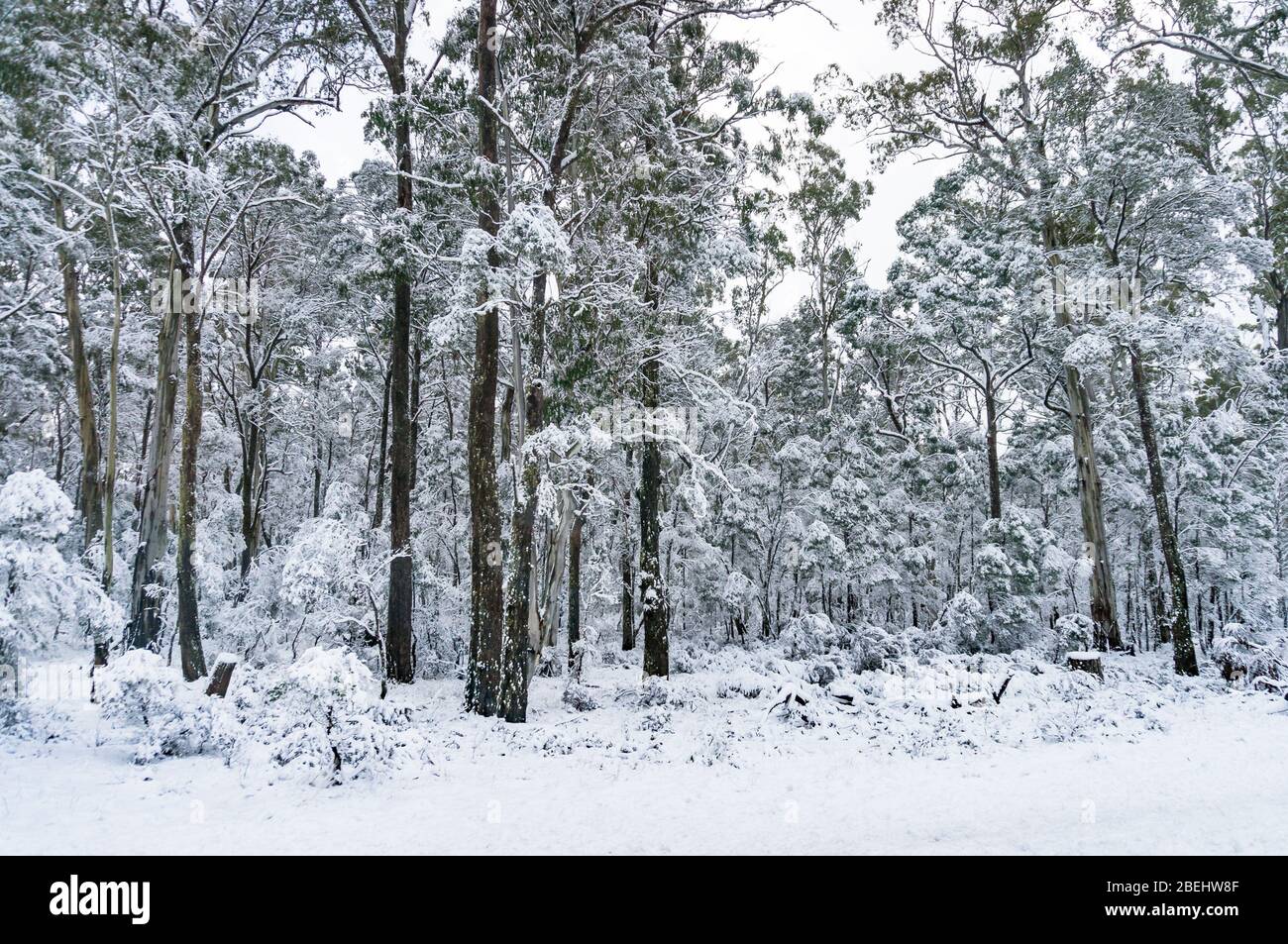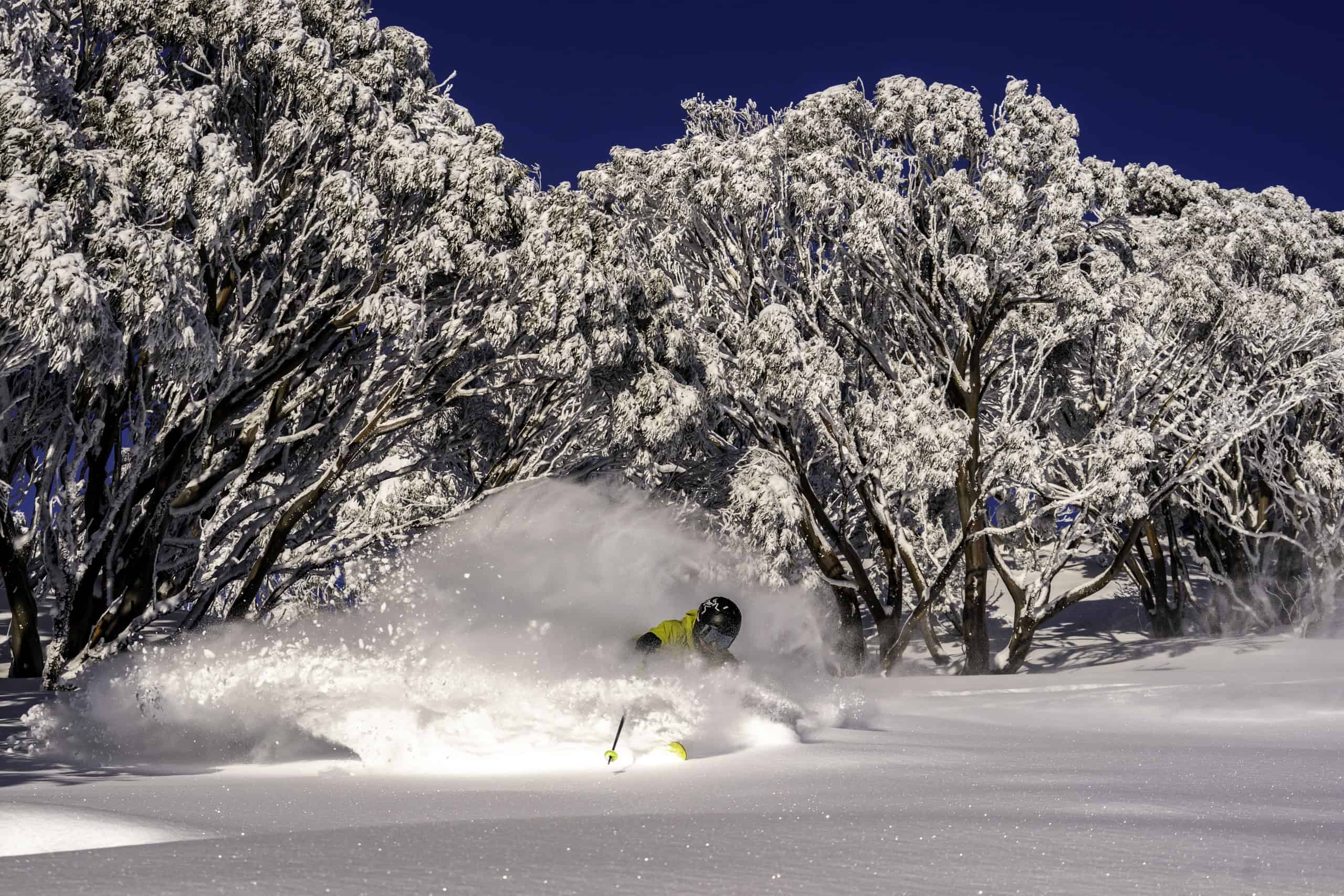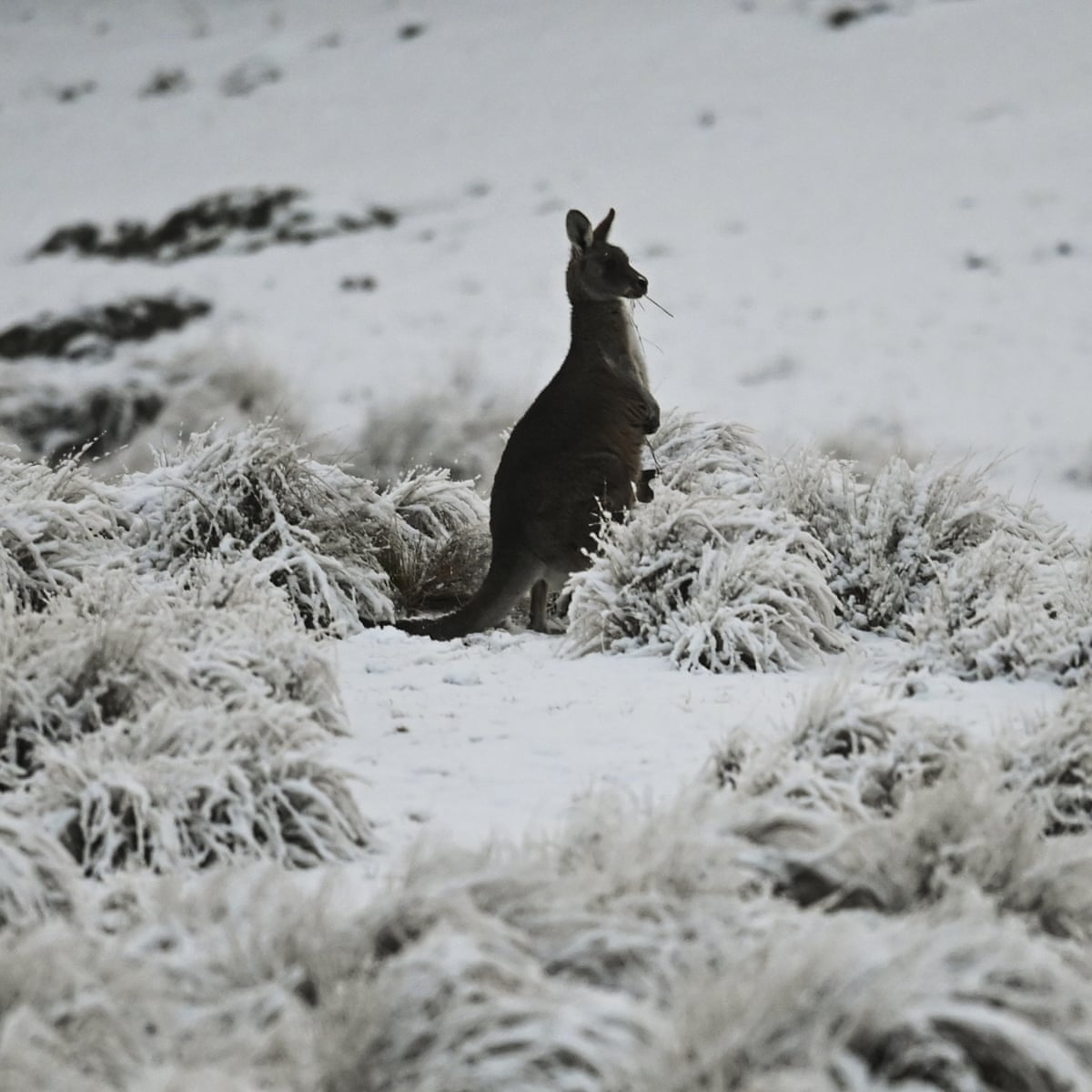Discover the Remarkable Results of Snow in Australia on Local Ecosystems
In spite of its track record for sun-soaked landscapes, Australia also flaunts regions blanketed by snow-- a phenomenon that profoundly influences the nation's special communities. The shielding properties of snowflakes protect flora and animals amidst the chilliest wintertimes, while the melting snow supports rivers and water life.
The Unanticipated Areas of Snowfall in Australia
Although Australia is commonly linked with sandy beaches and sun-scorched landscapes, specific regions surprisingly experience snowfall. The high country regions of New South Wales, Victoria, and Tasmania are specifically understood for their wintertime snow. The Snowy Mountains in NSW, for circumstances, obtain bountiful seasonal snow, providing a plain contrast to the country's normal hot, dry climate. Meanwhile, the Victorian Alps and parts of Tasmania likewise see yearly snowfalls, changing the landscape into a wintertime heaven. These areas are not just anomalies but important components of Australia's varied environment system. The presence of snow in these regions dramatically affects local communities, subsequently impacting the country's distinct biodiversity. The particular influence on Australia's distinctive plants will certainly be reviewed in the next section.

Exactly How Snow Impacts Australia's Unique Flora
These plants have actually evolved to endure in severe problems, with snow serving as a protective blanket from extreme winds and freezing temperature levels. The snow additionally contributes to the moisture web content of the dirt, offering needed hydration for plant life during the completely dry summer months. In essence, the snow influences the timing of flowering and seed dispersal, the development rates, and the survival of numerous plant species, showcasing the detailed interplay between climate and flora in Australia.

The Adaptations of Australian Animal to Snowfall
Just as Australia's plants has actually adapted to the wintery conditions, the local animals also, exhibit impressive adjustments to the snowfall. It utilizes the snow as insulation, hibernating in rock gaps beneath the snow to remain cozy. The Snow Skink, a varieties of reptile, transforms its colour to white throughout winter season, giving camouflage versus predators.
The Duty of Snow fit Regional Environments
Fit the regional environments, the function of snow in Australia is both multilayered and extensive. It affects the distribution of plants and animals, largely specifying the biodiversity of sub-alpine and next page alpine regions. Snow gives an essential water source, feeding rivers and tanks as it melts, hence sustaining a selection of aquatic life kinds. Furthermore, snow functions as an insulator, safeguarding ground-dwelling organisms from severe cold. It plays a substantial function in dirt formation and nutrient cycling. The routine cold and thawing of dirt induced by snowfall cultivates the malfunction of rocks, boosting soil fertility. The presence of snow shapes the plants patterns, pet behavior, and overall sustainability of Australia's unique communities.

The Future of Snowfall in Australia: Predictions and Ramifications

Given the vital duty snow plays fit regional ecological communities, the future browse around these guys of snowfall in Australia is attracting enhancing attention from ecologists and researchers. Existing climate designs anticipate a substantial reduction in snowfall as a result of international warming, with potentially extensive effect on regional environments. Less snow can cause minimized water availability in alpine regions, detrimentally influencing wildlife habitats and plant life. It might alter the timing of seasonal modifications, interfering with the life cycles of numerous indigenous types. The tourist market, heavily dependent on the wintertime snow season, website link may additionally encounter significant challenges. Recognizing these predictions and their implications is crucial to create effective conservation methods, ensuring the conservation of Australia's special biodiversity and the sustainability of its economic climate.
Conclusion
The function of snow in Australia's ecosystems is pivotal yet often forgotten. It works as a guard, a nurturer, and a shaper of diverse alpine species, adding to the splendor of Australia's high nation. As climatic patterns continue to move, recognizing the implications and possible improvements of these snow-influenced environments is critical. Therefore, the snow in Australia is a lot more than a natural phenomenon; it's a vital gamer in the country's environmental story.
In spite of its credibility for sun-soaked landscapes, Australia also flaunts areas buried by snow-- a sensation that greatly affects the country's special ecosystems. It utilizes the snow as insulation, hibernating in rock crevices under the snow to stay warm - Does Australia Get Snow.In shaping the local ecosystems, the duty of snow in Australia is both profound and multilayered. The presence of snow forms the greenery patterns, pet habits, and total sustainability of Australia's unique communities
Given the crucial role snow plays in forming local environments, the future of snowfall in Australia is drawing boosting interest from researchers and ecologists.